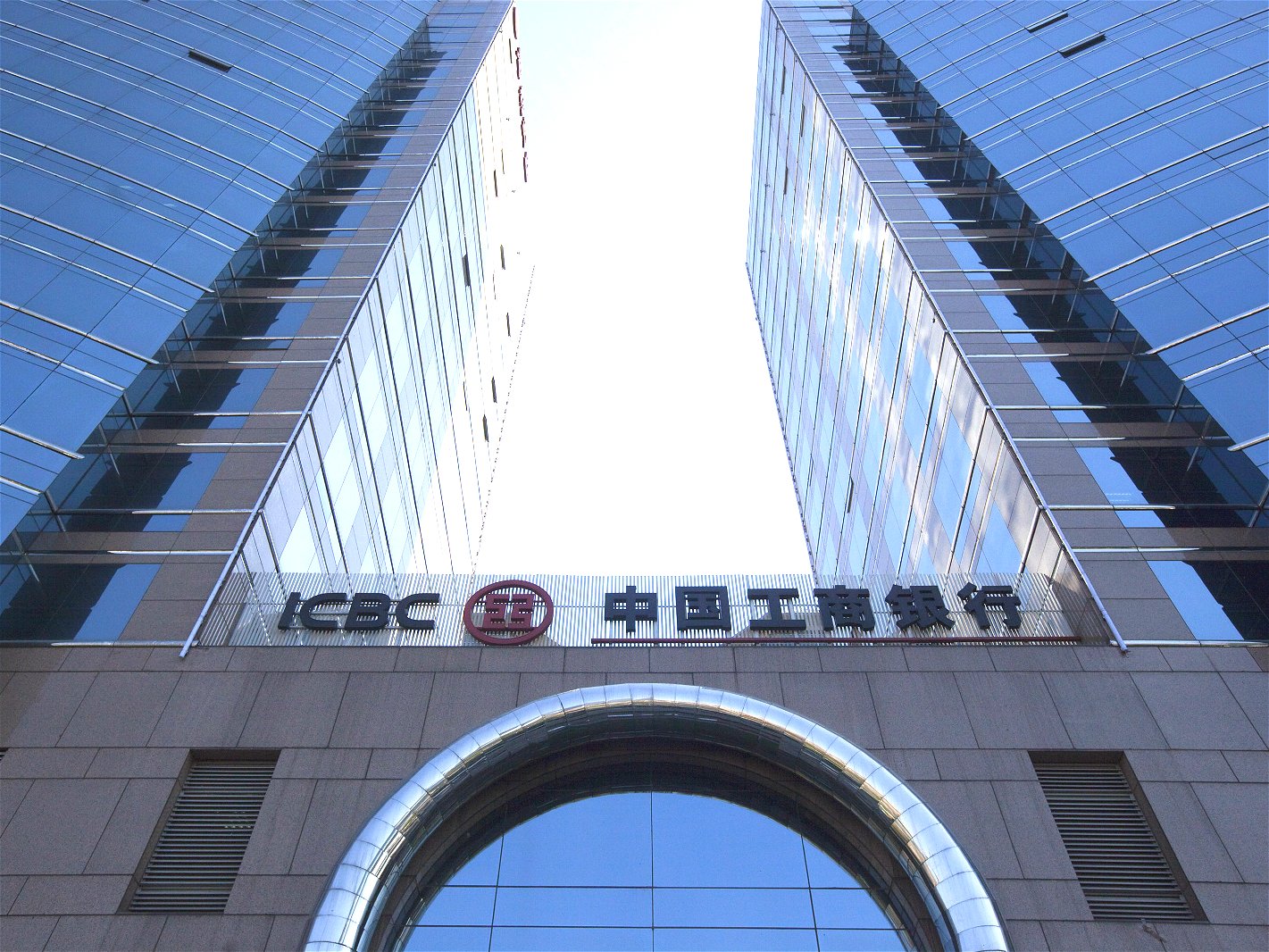This week in London saw the second meeting of the ‘green finance’ study group, established by G20 Finance Ministers and Central Bank Governors.
At that meeting, the Industrial and Commercial Bank of China (ICBC), the largest bank in the world by total assets, presented the results of what it calls an ‘environmental stress test’ of risks within its lending book for some of its most energy intensive clients.
The research has serious consequences for high polluting companies that include some of the bank’s clients.
See also: Chinese banks: time to go green
China’s 13th Five-Year Plan, unveiled last week, contains stronger environmental measures than ever before. New national targets include reducing energy intensity (energy consumed per unit of GDP) by 15%, reducing carbon intensity by 18% compared to 2015 and limits on particulate matter emissions from factories. (For a list of environmental targets see here).
In this context, the bank modelled the impact of possible new Chinese environmental protection policies on the financial performance of its thermal power and cement-producing customers.
The results reveal the possibility of marked deteriorations in the creditworthiness of some firms over the next two to five years. In particular, for small to medium sized companies in this sector.
This has triggered a review of ICBC’s appetite to lend to certain companies and focused its thinking on how it can finance solutions that help clients to mitigate these risks by reducing their environmental impact.
At the University of Cambridge Institute for Sustainability Leadership we have recently produced new industry research that shows ICBC is far from alone.
Banks, investors and insurance companies around the world are starting to develop sophisticated methodologies to factor into their decision-making the financial impacts of environmental threats as well as policy- and business-led efforts to address them.
Next month, a group of 10 leading investors, known as the Investment Leaders Group, will publish a methodology to model the impact of different carbon and energy regulation scenarios on firms’ margins with the objective of improving analysis of their equity price.
Minds are becoming focused on these issues and regulators around the world are paying close attention. Through the G20, it is the People’s Bank of China and Bank of England that are currently co-chairing the Green Finance Study Group on behalf of their respective governments.
Their goal is to identify institutional and market barriers preventing the financial system from mobilising private capital for green investment.
Mark Carney, through both his role as the Governor of the Bank of England and Chair of the Financial Stability Board, has made it clear that he believes a core pillar of this agenda is avoiding possible financial stability risks that would arise from a ‘disorderly’ transition to the green economy.
This has powerful implications for firms of all types. As knowledge and methodologies develop to enable financial institutions to factor environmental risks into decisions about where they put their money, firms seeking to raise debt, maintain their equity value or buy insurance, may increasingly find that how they manage environmental factors is a decisive factor in their cost of, or even access to, capital.
Experience as far back as the 1930s, when dust bowls appeared in the United States, demonstrates how changing environmental conditions can trigger economic downturns and substantial losses on bank loans.
More recently, the 2003 European heatwave caused a US$15 billion loss to European agriculture sectors and electricity price spikes in France of 1300%. Last year, the worst drought for 80 years in hydropower-dependent Brazil hit industry and agriculture in the country’s three most populous states with electricity price rises of up to 70%.
While we are better at understanding the risks presented by the physical impacts of environmental change, we must recognise that financial risks can also arise from efforts to address them such as the abrupt introduction of public policy – for example as governments implement the commitments they made at the COP21 Paris Climate Conference in December.
Risks to portfolios also arise from new market responses such as technology breakthroughs and disruptive business model innovations (such as distributed energy generation), which seek to adapt or prosper in this new environmental context.
In some markets, there are also significant concerns about the liability exposures of firms which fail to act appropriately on environmental risks. However, the increasing scale, likelihood and interconnectedness of all of these risks pose real challenges for how we understand and manage them.
For finance firms, the good news is that techniques are emerging to tackle the uncertainty and time horizon issues associated with these new risks and opportunities.
Some are using scenario analysis techniques of the kind that is relatively familiar to the insurance industry, to help understand the uncertain impacts of a range of possible futures. Meanwhile, efforts are underway to build on ‘stress testing’ techniques that are already used to help bring risks that appear low in likelihood, but extreme in impact, into today’s decision-making.







